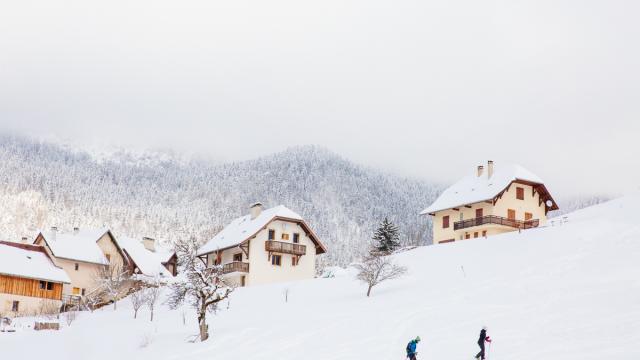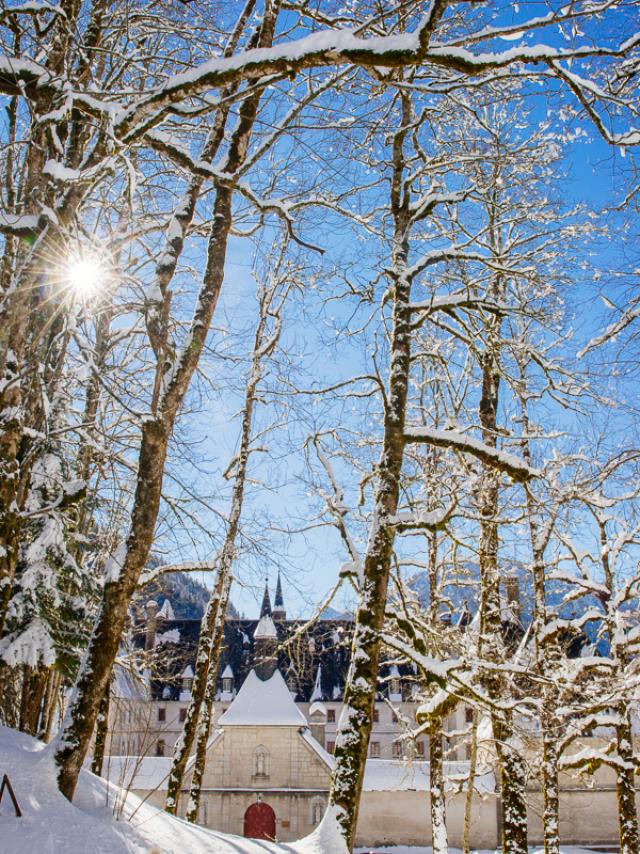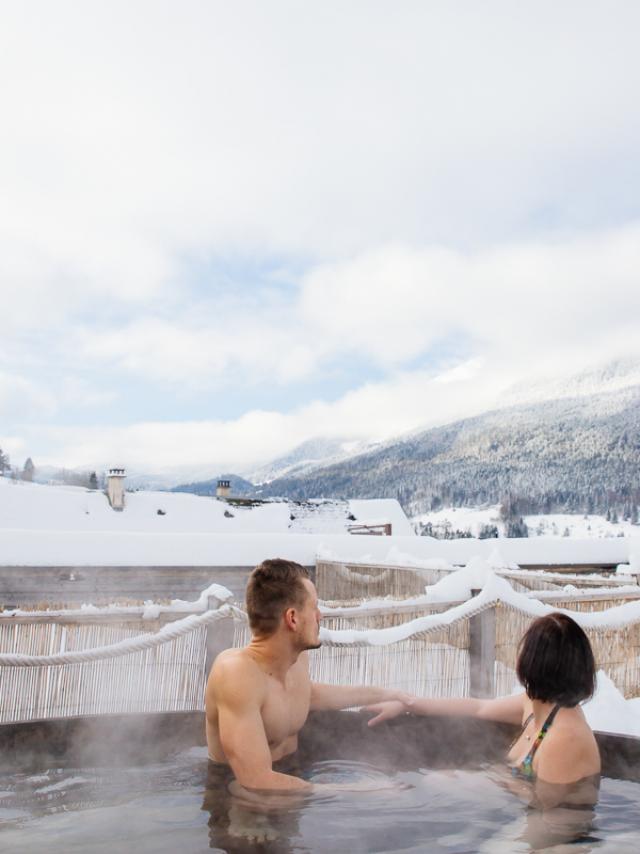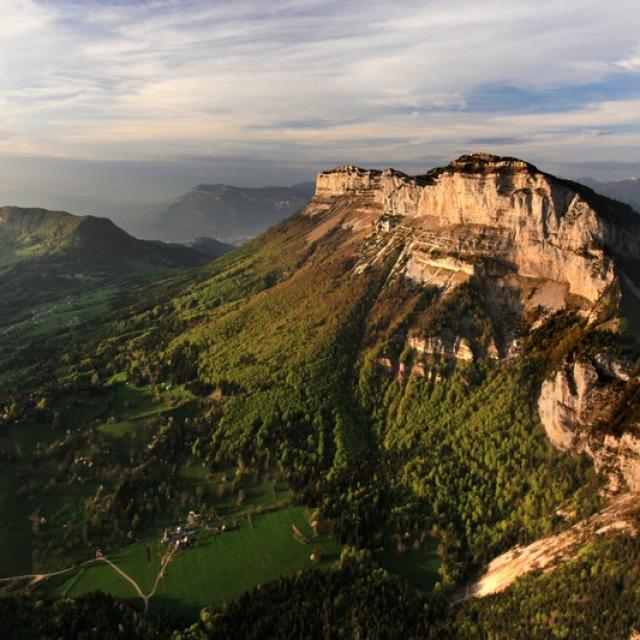Perched at an altitude of 900 m in the heart of the massif, it is the most famous village of Chartreuse. This town of 1,000 inhabitants is nestled in the heart of the mountain and is overlooked by emblematic peaks of the massif including Chamechaude (the highest point of the massif, at the top of its 2,082 m altitude), Charmant Som and Grand Som.
53, this is the number of hamlets
900, this is the altitude of the village

























